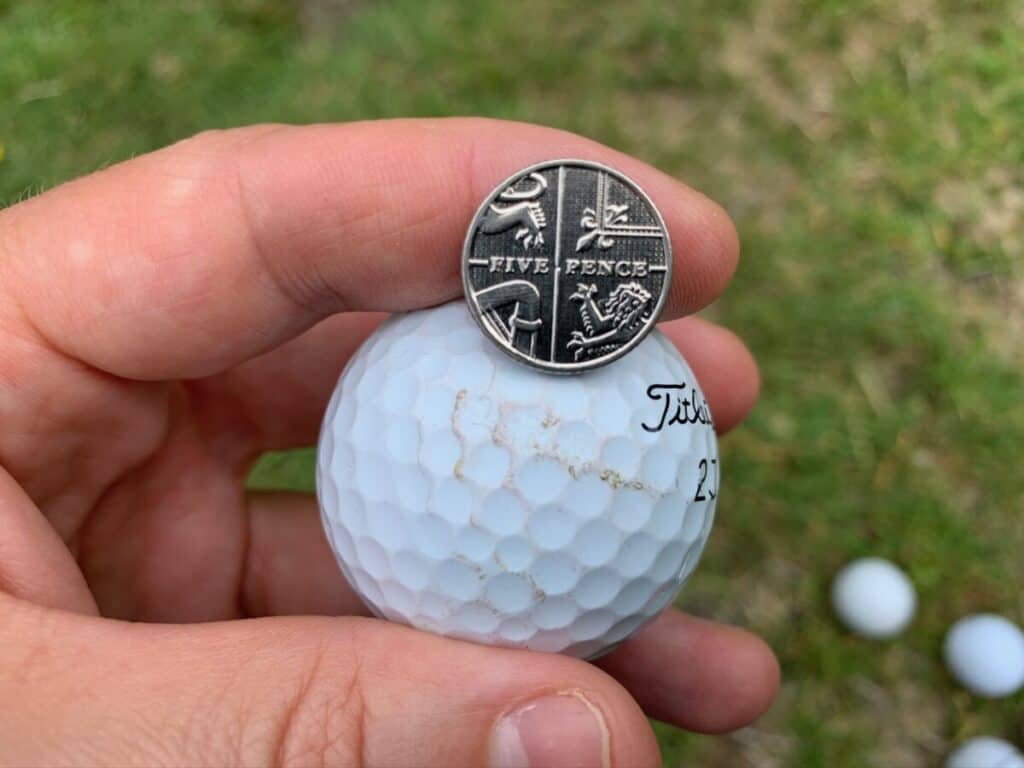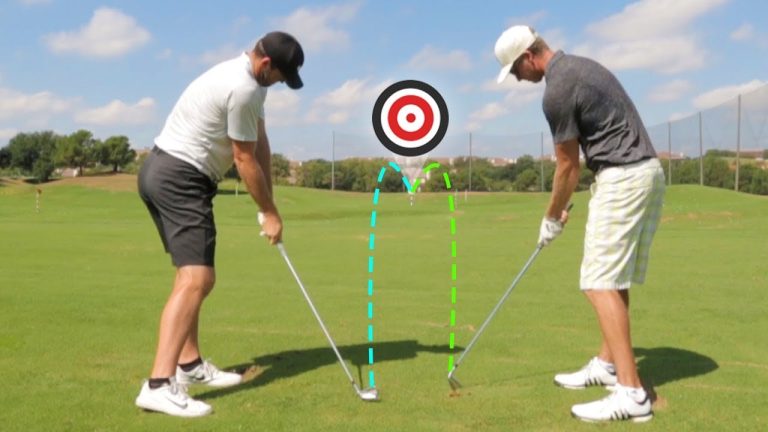Do Golf Balls Go Bad
Golf is a sport that requires a lot of practice, skill, and patience. Whether you’re a seasoned golfer or just starting out, the performance of your golf balls can have a significant impact on your game. However, many golfers may not be aware that golf balls can go bad over time, affecting their distance, accuracy, and overall performance.
The question “do golf balls go bad?” is a common one among golfers. And the answer is yes, they do. But the factors that affect a golf ball’s lifespan are not always clear, and understanding them is crucial to maintaining a good performance on the course.
In this article, we’ll explore the science behind golf ball construction and the factors that affect a golf ball’s lifespan. We’ll also discuss how to tell if a golf ball has gone bad and how to extend the lifespan of your golf balls. Whether you’re a beginner or an experienced player, understanding the impact of golf ball lifespan can help you make more informed decisions about your equipment and improve your game on the course.
So read on to learn more about the fascinating science behind golf balls and the factors that can affect their lifespan, and how to ensure that your golf balls perform at their best on the course.

The Science of Golf Ball Construction
Golf balls are typically made of a combination of rubber and plastic, with an outer layer of dimpled cover. The materials used in golf ball construction can affect their lifespan. For example, some golf balls have a softer outer layer that is more prone to wear and tear, while others have a harder outer layer that can withstand more use.
Different types of golf balls also have different properties that can affect their lifespan. For example, distance balls are typically designed to maximize distance but may not last as long as softer balls designed for more spin control.
Factors Affecting Golf Ball Lifespan
Several factors can affect the lifespan of golf balls, including usage, storage, and exposure to extreme temperatures and humidity. Golf balls that are frequently used or hit against hard surfaces can wear out more quickly. Storing golf balls in damp or humid environments can also accelerate their deterioration.
Extreme temperatures can also affect golf ball lifespan. Freezing temperatures can cause the materials in the golf ball to contract, while hot temperatures can cause them to expand. This expansion and contraction can affect the golf ball’s performance and lifespan.
Signs of a Golf Ball Going Bad
There are several signs that a golf ball may be going bad, including changes in appearance, feel, and performance. A golf ball that has gone bad may have cracks, discoloration, or a rough surface. It may also feel harder or softer than usual or not perform as well on the course.
Extending Golf Ball Lifespan
To extend the lifespan of your golf balls, it’s essential to take proper care of them. This includes storing them in a cool, dry place away from extreme temperatures and humidity. It’s also important to clean your golf balls regularly, removing any dirt or debris that may have accumulated.
Another way to extend the lifespan of your golf balls is to rotate them regularly. By using multiple sets of golf balls, you can give each set time to rest and recover, reducing wear and tear and prolonging their lifespan.
Conclusion
In conclusion, golf balls can go bad, and understanding the factors affecting their lifespan is essential for any golfer. By taking proper care of your golf balls, including storing them properly and cleaning them regularly, you can extend their lifespan and maintain their performance on the course. So, assess the condition of your golf balls and take steps to extend their lifespan to ensure you’re playing your best game on the course.






